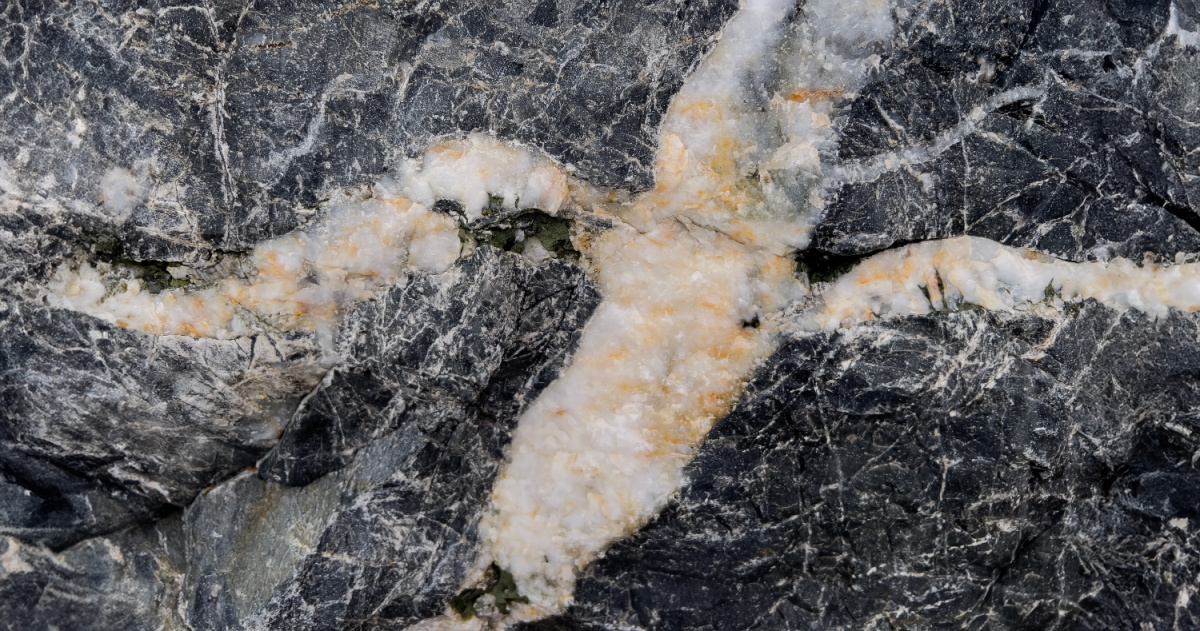
Even though people have been hunting for – and finding – gold nuggets in the Earth for hundreds of years, we haven’t stopped too often to ask how they’re formed in the first place.
But could something as simple as electricity really be at the heart of what has been an American pastime that harkens back to her very beginnings?
The researchers behind this new study seem to think so, and their theory is that electricity is why large chunks of gold appear in quartz veins with little traces of the metal in the earth around it.
Lead author and geologist Chris Voisey, explains more.
“The standard explanation is that gold precipitates from hot, water-rich fluids as they flow through cracks in the earth’s crust. As these fluids cool or undergo chemical changes, gold separates out and becomes trapped in quartz veins. While this theory is widely accepted, it doesn’t fully explain the formation of large gold nuggets, especially considering that the concentration of gold in these fluids is extremely low.”
The answer, then is the quartz – not the gold.
Quartz can generate an electric charge when put under mechanical stress. When it’s underground, they are potentially subjected to these forces from all around, earthquakes being the most common.
The researchers believe these forces could generate electricity in the quartz veins strong enough to pull gold out of the fluids in the earth’s crust.
These accumulate over time until they form into nuggets.
“Quartz is the only abundant piezoelectric mineral on Earth, and the cyclical nature of earthquake activity that drives orogenic gold deposit formation means that quartz crystals in veins will experience thousands of episodes of deviatoric stress.”
They tested their theory by placing quartz crystals in a water solution that contained gold, then subjected them to earthquake-like stress.
The quartz generated enough voltage that the gold particles accumulated atop them.
“In essence, the quartz acts like a natural battery, with gold as the electrode, slowly accumulating more gold with each seismic event. Our discovery provides a plausible explanation for the formation of large gold nuggets in quartz veins.”
Geologists like Taija Torvela, who were not involved in the study, are paying attention to these findings.
“The piezoelectric theory is interesting because it would help to further concentrate any nanoparticles, but also explain why early quartz veins in fault zones are typically barren: you need the quartz veins to be there before you can induce the piezoelectrical effect.”
Next up? Figuring out if there are markers of the process that can be located on the surface of the Earth, so we’d know where to dig.
Happy hunting!
If you thought that was interesting, you might like to read a story that reveals Earth’s priciest precious metal isn’t gold or platinum and costs over $10,000 an ounce!